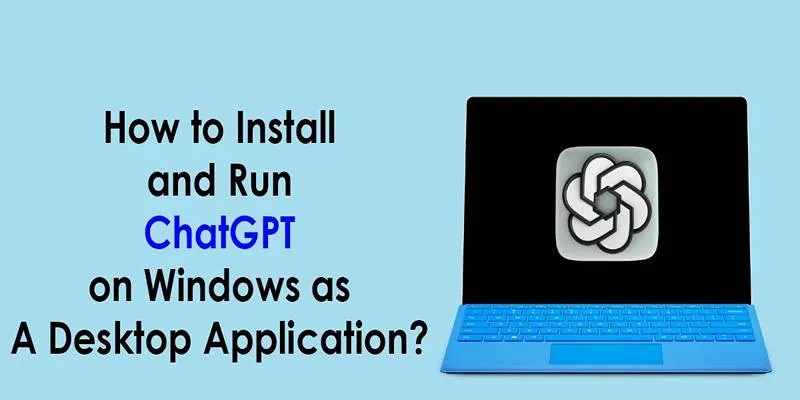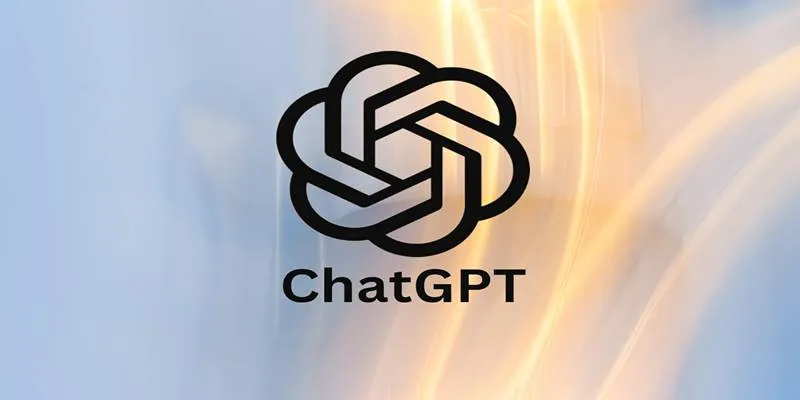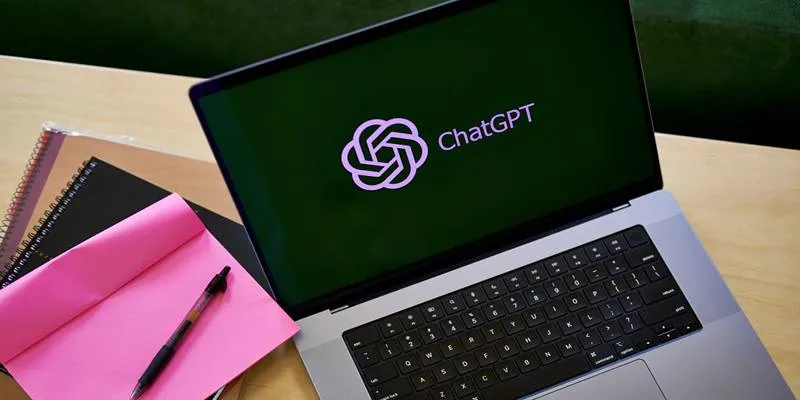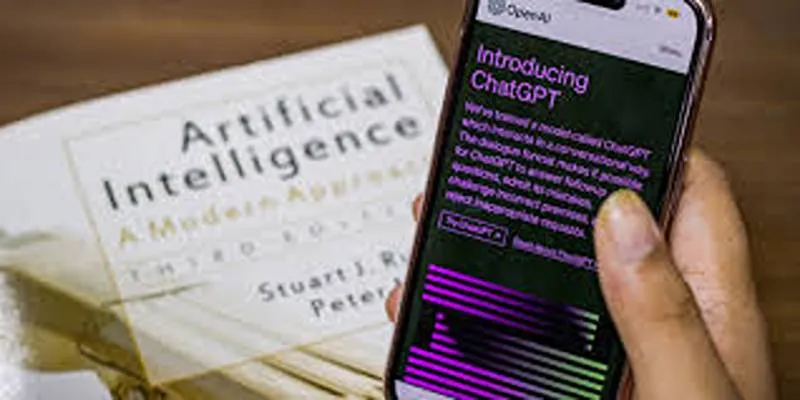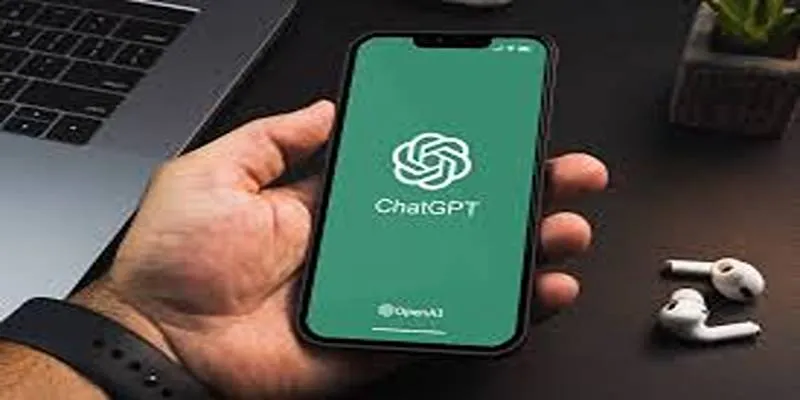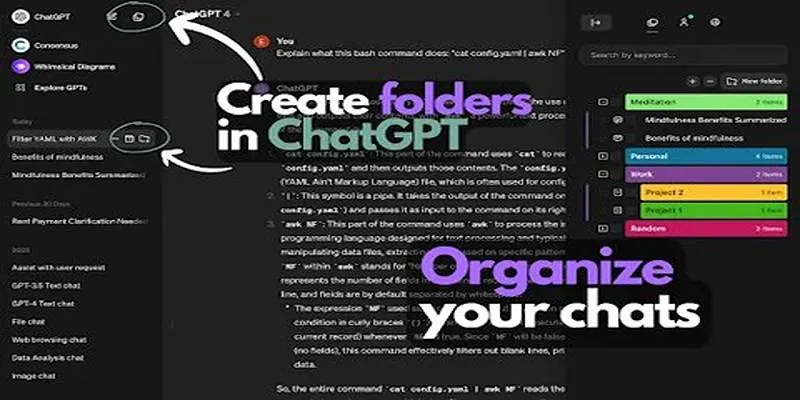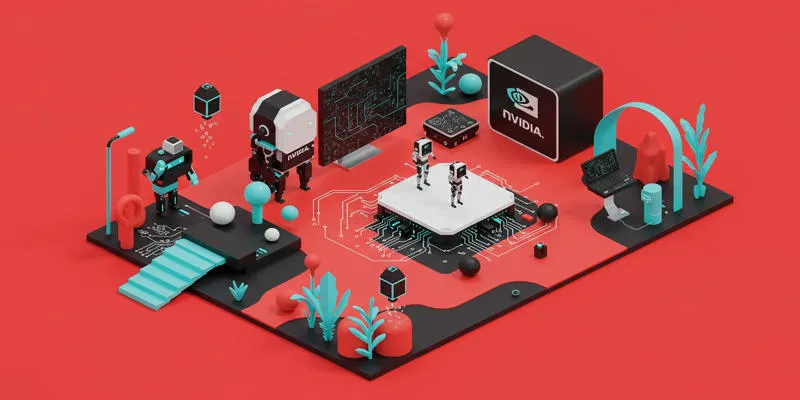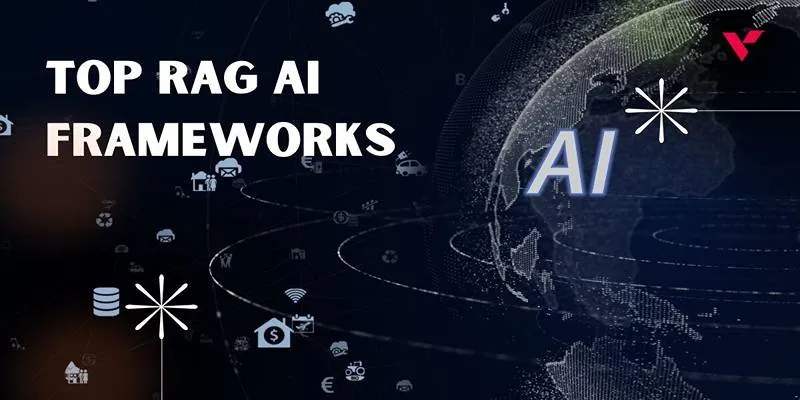In today’s AI-driven world, well-crafted prompts serve as the blueprint for how models function. GitHub hosts some of the most refined and useful prompts developed by communities focused on various goals: coding, content creation, business automation, personal productivity, and more.
This post delves into 10 of the most valuable ChatGPT prompts available on GitHub, illustrating how each can enhance interactions with AI. By leveraging these community-tested prompts, users can unlock more practical, efficient, and creative outputs from ChatGPT.
1. Task Breakdown and Step-by-Step Instructions
One of the most beneficial ChatGPT prompts on GitHub is designed for task decomposition. These prompts guide the AI to break down complex objectives into sequential steps, helping users approach projects methodically.
Instead of generating a single response, the AI acts as a thought partner, clearly laying out each step. This approach is ideal for project management, content outlining, or software development planning.
2. SEO-Focused Content Planning
Search engine optimization now encompasses more than just keywords; structure, user intent, and readability are crucial. GitHub prompt libraries have been developed to help ChatGPT analyze a topic and create detailed blog structures, title suggestions, and metadata.
Some prompts even mimic the workflows of experienced content strategists, instructing the AI to group keywords into themes or generate semantic clusters. Such structured prompting helps marketers save time while ensuring higher content relevance and performance.
3. Learning Modules and Interactive Teaching
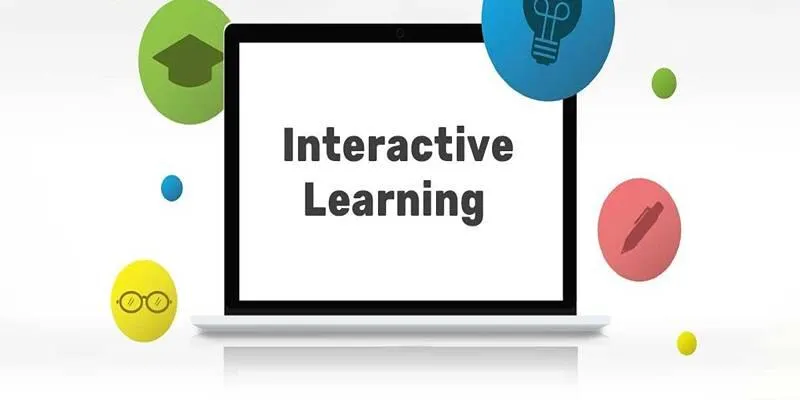
One of the more exciting uses of ChatGPT involves educational tutoring. GitHub hosts prompts that transform the model into a virtual teacher, capable of designing personalized learning paths, asking quiz-style follow-ups, and adapting explanations to different understanding levels. From preparing for standardized tests to exploring programming fundamentals, these educational prompts enhance how students and self-learners engage with information.
This application is particularly powerful due to its adaptability across subjects and learning styles. Whether a learner prefers visual summaries, step-by-step reasoning, or real-world examples, ChatGPT can adjust its approach accordingly. This level of customization enables deeper comprehension and keeps learners more engaged than traditional static content.
4. Code Assistant and Debugging Companion
Software developers find particular value in GitHub prompts that structure how ChatGPT writes or reviews code. Instead of asking for generic code snippets, these prompts set the AI’s role as a developer, define the expected language, scope, and logic, and even include formatting preferences.
Some prompts simulate peer code reviews, providing suggestions and explanations in plain English. By creating these frameworks, GitHub contributors ensure that AI-generated code is more readable, reliable, and consistent with best practices.
5. Legal Document Structuring
GitHub also hosts prompts crafted to assist with drafting legal documents. While AI should never replace a qualified attorney, these prompts can help generate first drafts of contracts, privacy policies, or terms of service. They include instructions about tone (formal vs. plain language), applicable region, and legal structure. These legal-oriented prompts allow professionals to jumpstart documents while maintaining clarity and structure.
6. Analyzing and Visualizing Data
Another rapidly growing category involves data science. Some GitHub prompts are structured to help ChatGPT understand datasets, recommend cleaning procedures, and propose visualizations. These prompts work well with CSV summaries or when paired with Python outputs.
They serve as a bridge between raw data and actionable insights, saving time during early analysis stages. Instead of manually inspecting data, users can rely on the AI to propose insights and highlight anomalies. These prompts are especially useful for analysts who want a second opinion or a rapid ideation partner.
7. Resume and Cover Letter Tailoring
GitHub also hosts sophisticated prompts that assist with job applications. These aren’t just generic templates—they adapt to specific job listings, career levels, and even applicant tracking system (ATS) standards.
A well-structured prompt can instruct ChatGPT on how to format a resume for clarity, reflect experience based on keywords, and maintain a consistent tone across application materials. The result is more personalized and professional application documents that resonate with recruiters.
8. Email and Communication Enhancement
Emails can be time-consuming to draft. GitHub offers prompts that transform ChatGPT into a tone-aware writing assistant. These prompts specify the recipient (e.g., manager, client, teammate), purpose (update, complaint, pitch), and tone (friendly, assertive, apologetic).
This helps users draft emails that are not only grammatically correct but emotionally aligned with their goals. With just a few lines of context, users receive refined, actionable drafts ready for real-world communication.
9. Personal Reflection and Journaling

One of the more creative use cases for GitHub prompts involves guided journaling. Some contributors have designed prompts that turn ChatGPT into a reflective companion, encouraging users to unpack thoughts, document habits, or track mental wellness.
These prompts often include follow-up questions, emotional tone checks, and growth-oriented frameworks. This gentle interaction offers users a space to reflect, plan, and process emotions with the help of structured AI prompts.
10. Simulating Professional Conversations
GitHub also offers prompts that simulate meetings or role-based discussions. In fields like product development, AI can be instructed to simulate conversations between a designer, engineer, and user, creating a safe, low- stakes environment for exploring diverse perspectives and refining communication strategies.
These simulation prompts train the model to present conflicting viewpoints, anticipate objections, or walk through a collaborative decision-making process. This functionality helps teams prepare for real conversations, brainstorm more effectively, or stress-test product ideas.
Conclusion
GitHub has evolved beyond a mere software development repository—it’s a living archive of how people push AI tools to new levels. The best ChatGPT prompts on GitHub are not mere one-off tricks; they’re carefully crafted blueprints that demonstrate what’s possible when human intention meets machine learning. For users looking to maximize ChatGPT’s capabilities, exploring these GitHub resources is not just helpful—it’s transformative. They represent a growing collective intelligence, where shared innovation fuels faster, smarter AI use for everyone.
 zfn9
zfn9
